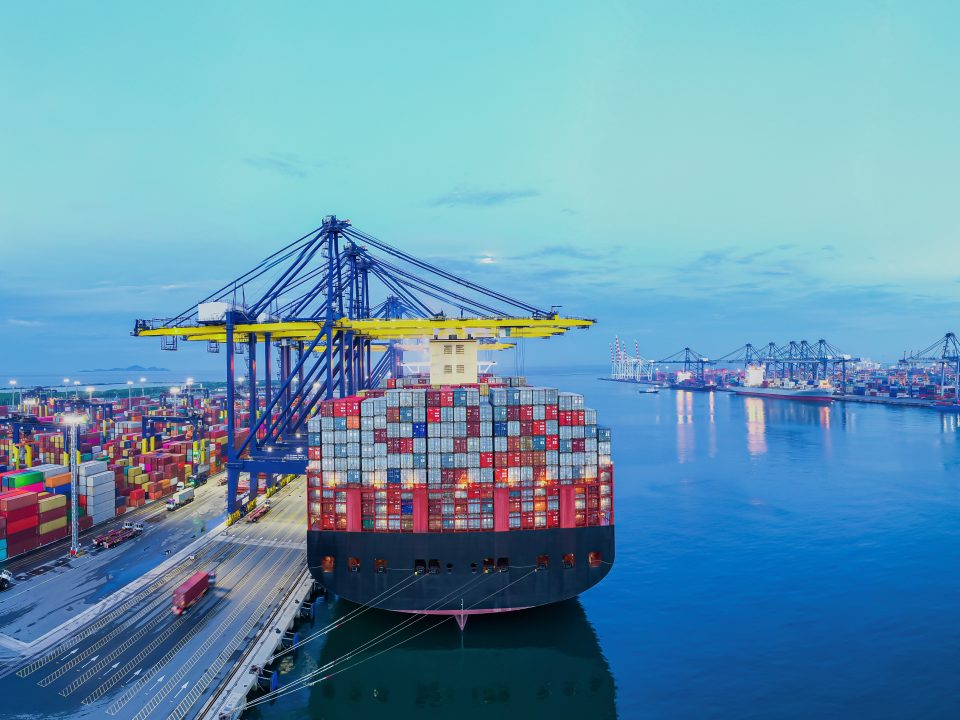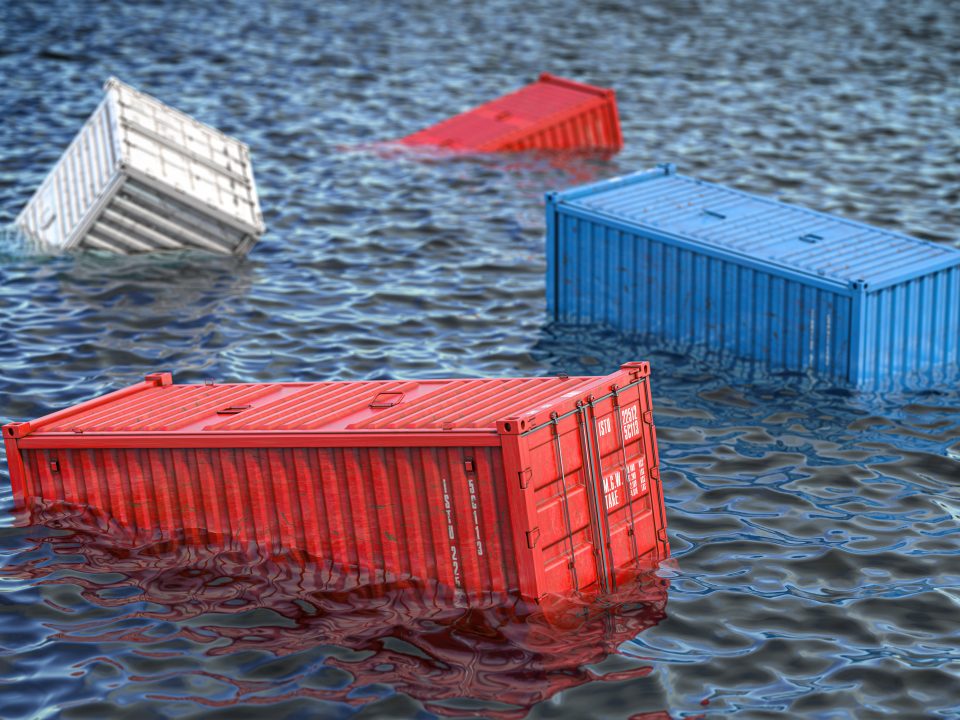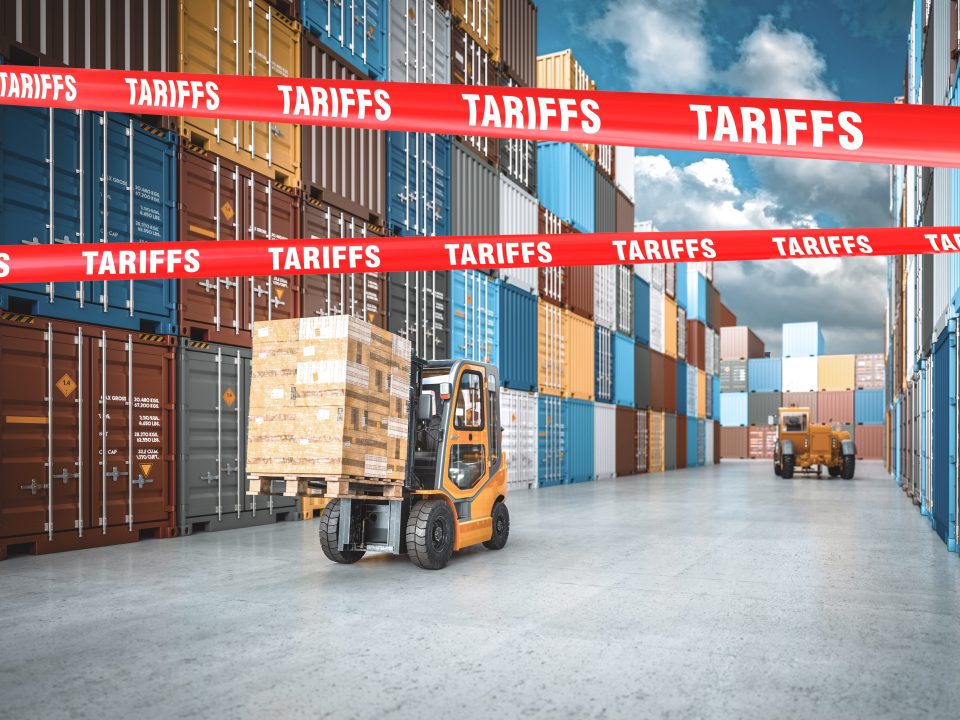
The Complete Guide to Carnets
October 1, 2021
What You Need to Know About Forced Labor
October 7, 2021Weekly Vessels Anchored and at Terminals as of 10/01/2021
LA & LB: Anchored 57 | Terminal 32
Oakland: Anchored (nil) | Terminal 7 | Drifting 1
NWSA: Anchored 7 | Terminal 6 | Drifting 9
Vessel Congestion Update
Port of Los Angeles/Long Beach
This past week, the San Pedro Bay Complex remains full and record-high numbers of container vessels are either waiting at anchorage or drifting for at least 13-20 days to reach a terminal. The average anchorage/drift time is at least 9.6-11.8 days for a container ship to reach a terminal. It has been reported that the coastal cities of China have four times as many ships sitting off the coast as the ports on the Pacific west coast. The San Pedro Bay port’s pilot program of extended gate hours due to cargo surge found little relief this week, as the only port operating a hoot gang was in the Port of Long Beach, which is a third ILWU (International Longshoremen Warehousing Union) shift of gangs that work from 3:00 AM – 7:00 AM. The extended terminal gate hours have been open to truckers and operate during limited hours on evenings and some hours on Saturday, however, are still not open on Sundays. The extended gate hours are a pilot program that has just begun. Noel Hacegaba, from the Port of Long Beach, stated: “The plan is to monitor the utilization of nighttime gates and scale up to expand to other additional terminals, but it will depend on utilization.” Truckers need to secure an appointment, which is offered on a first come first serve basis and is only provided to wheeled moves, dual transfers, and other criteria.
Eugene Seroka, Executive Director of the Port of Los Angeles, has requested the federal government to switch priorities in port investment funding, in order to help alleviate the supply chain crunch hitting the nation’s retailers. On 9/27/2021, Seroka claimed the government has spent an estimated $11 billion dollars on the eastern Gulf coast compared to the $1 billion dollars on the west coast over the past 10 years. Seroka stated in part: “That’s got to change.” He provided additional data about factors that are affecting port operations at the Port of Los Angeles, which has been battling its busiest backlog of containers all year. Mario Cordero, Executive Director at the Port of Long Beach, warned in part: “industry is in crisis over supply chain disruptions and the supply chain situation in Southern California is in a crisis mode.”
U.S. Supply Chain/Current Situation
In September, Splash cited: “both archaic U.S. logistic infrastructure and a near impossibility for retailers to have been prepared for such a ‘see-saw’ demand as COVID-19 presented two of the largest factors and are attributed to today’s snarled container situation.”
Global Congestion to Continue
Major carriers have given customers a snapshot of how they can anticipate the rest of the year which is expected to continue having disruption for the U.S. and global supply chains. It is predicted that China’s imminent October Golden Week, Christmas 2021, and Chinese New Year 2022 will continue to bolster strong demand for container shipping. Port congestion, especially in the U.S. and Europe, and service delays are expected to continue as carrier schedules will be impacted. Further, ports cannot keep up with the pace of increased import demand over a sustained period, and neither can intermodal capabilities along with warehouses.
While retail demand remains strong and inventory levels rebuild, container demand growth for 2021 is estimated to grow by 6%-8%. Once demand declines, carriers anticipate heavy volumes will continue for an unspecified amount of time. Currently, container availability across Asia-Pacific and China, Indonesia, and Vietnam is scarce, as strong demands from Asia are expected for the rest of the year from the U.S. and Europe.
Over the past several weeks, port executives, retail associations, and carriers continue to advise shippers to plan their supply chains well ahead for the upcoming holiday rush.
On September 29, 2021, Splash indicated that container rates may have hit a plateau, but remain at elevated levels, 329% higher than they were at this same time last year. “Freightos” data indicates China-US end-to-end ocean shipments took an average of 73-days in September, an 83% longer delay time compared to September 2019.
Inflation Creep Continues In The U.S. – More So Than Globally
On September 27, 2021, Lael Brainard, Board of Governor of the Federal Reserve System provided a speech to the National Association for Business Economics (NABE), in part Brainard indicated, inflation is slightly elevated. Given the unprecedented nature of the pandemic, it is no surprise that the U.S. recovery is not proceeding in a straight line. While the economy continues to make progress, the Delta variant has been more disruptive than initially expected. Retail sales in August were stronger than expected and the level of spending has not changed from June. Despite strong housing demand, builders face shortages of materials, auto production was paused at several North American plants in early September following COVID-induced shutdowns of semiconductor production in Malaysia and Vietnam. COVID-induced port closures in China rippled through shipping supply chains and magnified backlogs. Private forecasters have revised down growth projections for 2021 in recent months by slightly more than 1 percentage point. Even with the Delta variant downgrade, there is anticipated growth this year and next year that will be sufficient enough that by the end of next year, there will be average annual growth since the onset of the crisis should exceed pre-crisis trend growth. Despite the unprecedented challenges associated with COVID, the strength of the recovery reflects powerful fiscal and monetary support as well as the resilience of American workers, businesses, and households.
Overall, the labor force is making progress at a slower pace than earlier in the year. Some observers argue that labor force participation has moved permanently lower and that the labor market is already tight, and we should not expect a return to pre-COVID employment conditions. The decline in the labor force participation appears to reflect COVID-related constraints that have been prolonged by the Delta variant, rather than permanent structural changes in the economy.
The current elevated level of inflation, driven by COVID-related disruptions, is anticipated to move back down toward the Federal Reserve’s 2% objective. August inflation of hotels, used cars, and rental cars were among COVID’s most sensitive categories, and this high inflation is likely to be transitory.
With the Delta variant disrupting the rotation from goods to services and prolonging supply bottlenecks, rotation of goods to services, it is uncertain just how fast and how much inflation will decelerate over the remainder of the year and into next year. Brainard, lastly stated that he will continue to be vigilant for any signs that the current elevated level of inflation might push longer-term inflation expectations above levels consistent with their 2 percent inflation objective.
Brainard’s entire speech can be found:
https://www.federalreserve.gov/newsevents/speech/files/brainard20210927a.pdf
Port of Savannah
On September 28, 2021, it was announced that the Georgia Port Authority released an additional $34 million of funding to help expedite a construction project that will provide 800,000 twenty-foot equivalent (TEU) container units of annual capacity at the Port of Savannah. The project will be completed in two phases, with the first coming online in December 2021. Part of the funding will include the purchase of 22.2 acres adjacent to the 145-acre West Expansion property. Additionally, developing another 18 acres of land adjacent to the GPA 60-acre Peak Capacity project, currently under construction. In total, the developments will add 230 acres of container handling space, coming online in phases with full completion in 2023.
Editorial Comment: In perspective, the San Pedro Bay Port Complex reported for the month of August 2021 that they handled 807,704 total TEU. It’s the busiest month ever and the fourth busiest month since global maritime trade began recovering last summer.
Please contact your Western Overseas representative with any questions.





